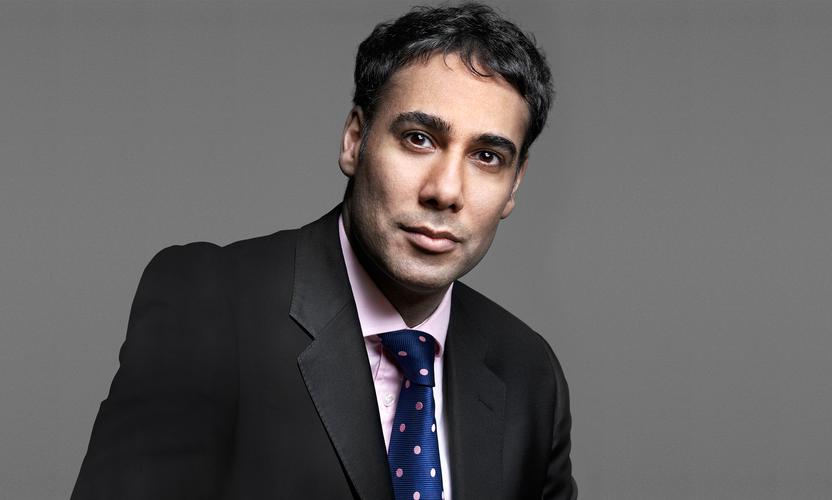To do so would be to misunderstand the central narrative on which the current market is founded. Think of it as an inverted pyramid, which rests on one point. It’s a delicate equilibrium, and when this point weakens, the stability of the entire pyramid is lost. But when, inevitably, it falters and the pyramid topples over, the sidelines won’t provide much safety and good opportunities will have been missed.
In the last decade, the dominant market belief centred on the US housing market, seen as so resilient that it could withstand the occasional economic downturn, as it had done for many decades previously. We now know how wrong, and dangerous, that idea was. The issue with such belief systems is not the idea itself, but the weight of money resting on the one central assumption.
To understand the dominant narrative of the current cycle, simply look at how capital has been allocated. The point of the pyramid is the source of market optimism and stability - it’s what keeps it in balance - but, strangely, in this cycle that point has been made up of pessimism and instability.
The expansion of central banks’ balance sheets inevitably led to rising asset prices, but the truth is that few market participants purposely chased capital gains. Instead, they have sought capital preservation. This isn’t inherently a problem, but the safety they identified may turn out to be illusionary. The weight of their money now rests on the assumption that the future will resemble the past. And when the accepted wisdom is that the future and the past will be similar, the future will be very different.
Sophisticated strategies
New ‘sophisticated market solutions’ reflect the market’s dominant thinking. Ultimately, they may also bring about its end. Financial markets have a poor track record in innovation but with so much technology-driven disruption across so many industries, it is inevitable that the financial sector should want to be in the mix. Over time, investors will undoubtedly incorporate technology and artificial intelligence more effectively. Yet neither will change how the market system functions.
What worries is me is how Wall Street has sought to feed into the dominant narrative through such sophisticated strategies, offering not only well-defined outcomes but also carefully managed journeys. It is not difficult to see why investors have piled into such solutions. Although presented as innovative, most of these structures are based on the efficient market hypothesis - hardly a new concept. In fact, many fundamental investors regard this hypothesis as their favourite piñata. When battered, it falls apart - and any strategy that’s based on it collapses.
Whether they state so explicitly or not, these sophisticated solution strategies are built on future correlations behaving like those of the past. Factor-based quants, smart beta or volatility managed strategies have become so popular that securities are not necessarily bought and sold for their financial characteristics, for instance a claim on the cashflows of an underlying corporate entity. Instead, they are chosen for their correlation with other groups of securities. In other words, stocks have increasingly been turned into commodities. This leads to prices becoming detached, and in some cases meaningfully so, from their fundamental value.
Uncertainty premium
Inclined to see the glass half-empty and preoccupied with instability, investors have sought certainty and predictable outcomes beyond sophisticated strategies, too. This has led to single securities and even entire sectors being discarded. Global emerging equity markets have been flat over five years due to concerns about the outlook for the US dollar, the turmoil in Latin America and fears of slowing Chinese growth. UK stocks have languished in dollar terms on Brexit fears, and the Hang Seng is up by less than 2 per cent per year over five years.
It’s all because of the dominant narrative of this cycle. But once you look at it this way, it is also clear that genuine value has been arising in those pockets of the market that have suffered from this narrative. And, perversely, this value - this uncertainty premium, as it were - is what could well make them more resilient in a correction, and a good source of capital growth over the medium term.
Avoid the sidelines, avoid sophisticated solutions and buy uncertain outcomes.






































